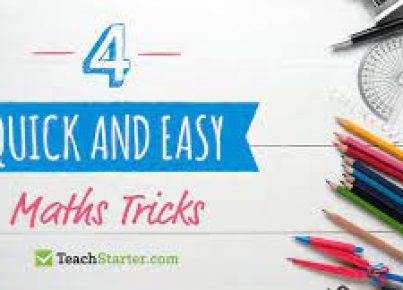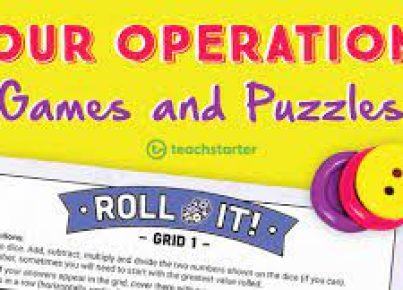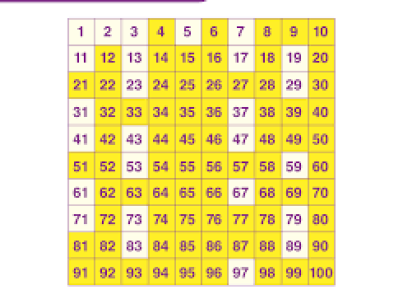Introduction:
The rapid shift to online learning has added new challenges for educators, particularly for subjects like math that heavily rely on problem-solving and real-world applications. Nevertheless, teachers can still create engaging, hands-on experiences for their students by incorporating real-world exploration in their virtual math classrooms. Here are four ways to achieve this:
1. Leverage online platforms and tools:
Many educational platforms provide resources that help teachers bring real-world problems into the virtual math classroom. Websites like Illustrative Mathematics, Desmos, and PhET Interactive Simulations offer interactive activities designed to teach mathematical concepts in the context of authentic issues. By combining these resources with video-conference tools like Zoom or Google Meet, you can create an engaging experience that encourages teamwork and problem-solving.
2. Integrate multimedia elements:
Utilize multimedia elements, such as videos and images, in your online lessons to connect mathematical concepts with real-life examples. Websites like TED-Ed and PBS LearningMedia provide high-quality short videos that showcase different aspects of math concepts in real-world situations, which can foster students’ curiosity and understanding.
3. Assign meaningful projects:
Develop project-based assignments that require your students to apply what they have learned in class to solve real-life problems. For example, you could have your students apply geometry principles to design a city park or use statistical methods to analyze data from a social issue dear to them. Encourage students to collaborate on these projects through video calls or online group chats, which will not only improve their problem-solving abilities but also promote their teamwork skills.
4. Foster collaboration using digital escape room activities:
Create digital escape room activities focused on real-world scenarios that challenge your students’ mathematical skills, critical thinking, and cooperation abilities. There are various websites like BreakoutEDU and Escape The Classroom where you can find pre-made digital escape rooms; alternatively, you can design your own escape room experience using tools like Google Forms and Google Slides. Organizing collaborative problem-solving activities within small groups gives your students the chance to apply their math skills to navigate through challenges rooted in real-life situations.
Conclusion:
Integrating real-world exploration in your virtual math classroom may seem challenging, but by leveraging online platforms, multimedia elements, and collaborative projects, you can create an engaging and meaningful learning experience for your students. Encourage them to explore, inquire and work together—applying mathematical concepts to overcome real-life obstacles—to help them develop a deeper understanding of the subject.





